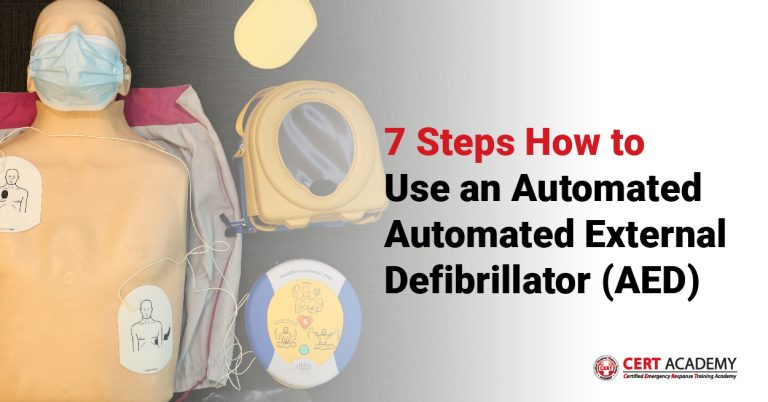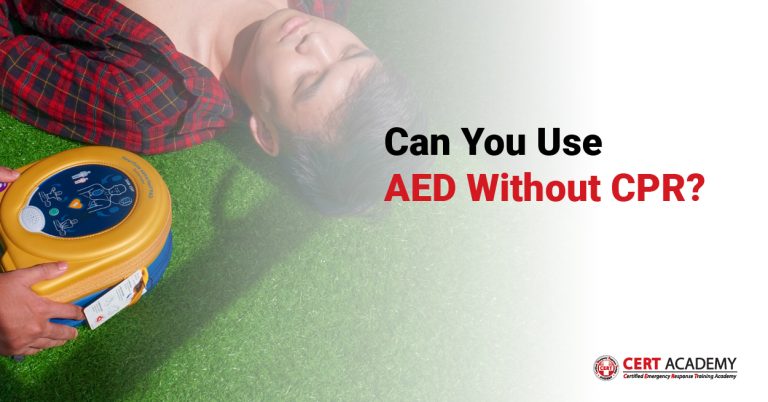Call Us +603-8066 8665
The Vital Importance of First Aid Training in Stroke Prevention and Care
Stroke is a medical emergency that affects millions of people worldwide, causing long-term disability and even death. Immediate intervention is crucial to improving outcomes for stroke patients. First Aid Course plays a pivotal role in the chain of survival, encompassing a series of critical actions that can significantly increase a stroke victim’s chances of recovery. In this essay, we will explore the significance of First Aid in stroke care, the importance of First Aid Training, and its application in Malaysia.

A stroke occurs when there is an interruption in the blood supply to the brain, leading to brain cell damage. Time is of the essence in stroke care because the longer the brain is deprived of oxygen, the more extensive the damage. First Aid Course can be a lifesaver in stroke cases by ensuring that immediate action is taken. The key BLS components that are relevant in stroke care include:
- Recognition of Stroke Symptoms: First Aid-trained individuals are equipped to recognize the common signs of stroke, such as sudden numbness or weakness in the face, arm, or leg, confusion, trouble speaking or understanding, severe headache, and difficulty walking. Early recognition allows for prompt action.
- Calling for Help: Initiating an emergency response system is vital in stroke cases. First training emphasizes the importance of calling 999 or the local emergency number without delay, ensuring that medical professionals are alerted to the situation.
- Cardiopulmonary Resuscitation (CPR): While stroke is primarily a cerebrovascular event, BLS training includes CPR techniques, which may be required if a stroke victim’s heart stops or if they experience cardiac arrest, which can complicate a stroke.
First Aid training is essential for individuals from all walks of life, as it empowers them with the skills and knowledge needed to respond effectively in emergency situations, including stroke. Here’s why BLS training is crucial.
- Immediate Action: BLS-trained individuals can take immediate, life-saving actions when faced with a medical emergency. In stroke cases, every second counts.
- Reducing Mortality and Disability: Prompt First Aid intervention can reduce mortality rates and minimize the long-term disability often associated with strokes. First Aid training empowers people to be proactive rather than passive bystanders in emergencies. This sense of empowerment can save lives.
First Aid Courses and Certification:
BLS courses are widely available and are offered by various organizations and institutions globally. These courses cover a range of life-saving techniques, including CPR and stroke recognition. Upon successful completion of a First Aid course, individuals receive certification, which signifies their competence in responding to medical emergencies.
In conclusion, stroke is a life-threatening medical condition that requires swift action for the best possible outcome. First Aid Training is a crucial component of the chain of survival in stroke care, emphasizing recognition of symptoms, calling for help, and CPR when necessary. BLS training equips individuals with the skills and confidence to intervene effectively in emergencies, potentially saving lives and reducing disability. The availability of First Aid courses and certification, both internationally and in Malaysia, is instrumental in promoting public safety and stroke awareness. As we continue to prioritize First Aid training and awareness, we move one step closer to a world where strokes are promptly recognized and effectively managed, ultimately saving lives and improving quality of life for stroke survivors.



